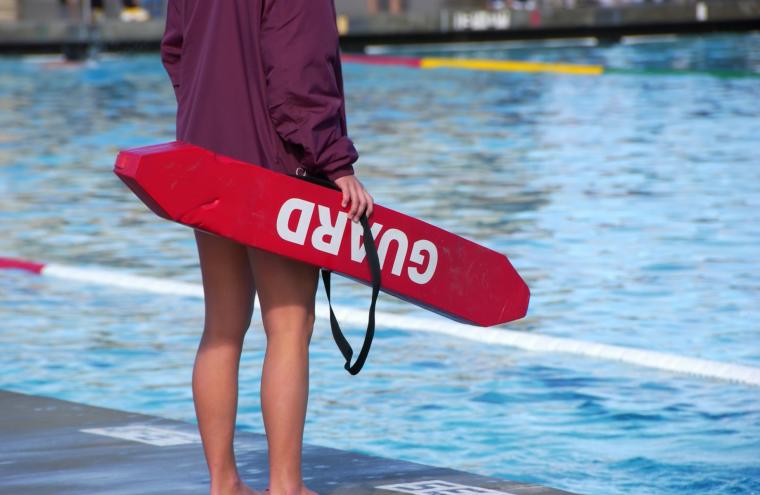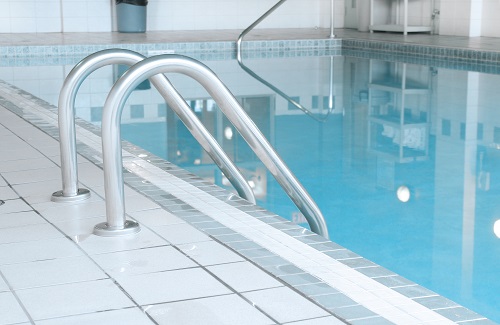
May marks the 20th anniversary of National Water Safety Month. Launched as a week in June 2003 by the World Waterpark Association to highlight water awareness and swim safety, the initiative has evolved into a month-long effort featuring a coalition of organizations that include WWA, the American Red Cross, the National Recreation and Park Association, the Pool & Hot Tub Alliance (PHTA) and the National Drowning Prevention Alliance.
According to WWA, 48 states and two territories issued a proclamation in support of National Water Safety Month, drowning prevention and water safety initiatives in 2022. This year’s state proclamations can be found here.
National Water Safety Month remains a vital reminder of the need to address swim safety and increase enrollment in learn-to-swim programs. Learning to swim from a qualified instructor reduces the drowning rate by 88% among children ages 1 to 4 — the same age group impacted most by drowning deaths, according to PHTA, which recently announced results from its second annual national survey conducted by The Harris Poll of 636 U.S. parents with a child 14 years old or younger.
The survey revealed that 60% of parents plan to enroll their child in formal swimming lessons this year, an increase from 54% in 2022. While 83% of parents are confident in their child’s ability to be safe in the water, more than half of them (incorrectly) assume that someone who is drowning will draw attention to themselves by splashing and screaming. This underscores the importance of swim safety, especially considering 28% of parents surveyed know someone impacted by a drowning incident.
“Even with an increase in swimming lesson enrollment, there is a knowledge gap about drowning prevention,” Sabeena Hickman, president and chief executive officer of PHTA, said in a statement, adding that the association’s Step Into Swim program strives to improve access to swim education across the country while advocating for water safety.
Here are other findings from the PHTA survey:
• More than half of parents with kids 14 and under say they are aware of places that offer local swim lessons for their family.
 • Despite 78% who say they have access to a pool, only 35% of parents are concerned about their child drowning in a pool.
• Despite 78% who say they have access to a pool, only 35% of parents are concerned about their child drowning in a pool.
• More than half of parents surveyed are confident in their own swimming abilities, 37% have had formal swim lessons, and 29% are CPR certified.
• One-third of parents incorrectly believe floaties and water wings keep children safe in the water.
Communities around the country are taking steps to keep young people safer in the water. In Seattle, the new “Swim Seattle” initiative combines the efforts of the YMCA, Public Health-Seattle & King County, the Associated Recreation Council, Washington State Parks, the Black-led No More Under water-safety organization, Seattle Children’s Hospital and the University of Washington to remove learn-to-swim barriers for people of color.
“For far too long, lack of access to swim lessons and water-safety education has put children and families of color at a disproportionate risk of drowning,” Seattle Mayor Bruce Harrell said when the program was announced in April. “Swim Seattle will address these disparities by offering free lessons to the children who need them most, removing the barriers that have prevented many youth[s] and families from accessing swim lessons and offering culturally responsive workshops so they have the tools they need to stay safe in and around the water. Programs like this will help every child, from every neighborhood, access opportunities to learn and grow, promising a safer future for our entire city.”
According to komonews.com, “the initiative will start with a group of 250 children. Those 250 will be provided a year of free lessons and workshops to support children, and their families, in becoming comfortable swimmers and water safe. Workshops will touch on topics such as skincare and haircare when swimming, addressing fears of water, and water safety practices.”
Meanwhile, in Branford, Conn., a new swim and water safety pilot program for second graders is the result of a collaboration between Branford Public Schools, Soundview Family YMCA and Branford Parks and Recreation. Students are bused to the swimming pool at Walsh Intermediate school, where they learn from YMCA staff and are overseen by Branford Recreation lifeguards.
“It’s something we’re very excited about,” Branford Superintendent of Schools Hamlet Hernandez, told zip06.com. “The idea is to make sure that, as a shoreline town, we expose our kids to water safety at the earliest age. YMCA has a national program that starts with second grade because they’ve found that, developmentally, that’s the age that does well with it.”
“[The goal] is to have all kids feel comfortable in the water and the confidence that brings,” added assistant superintendent Rachel Sexton.

